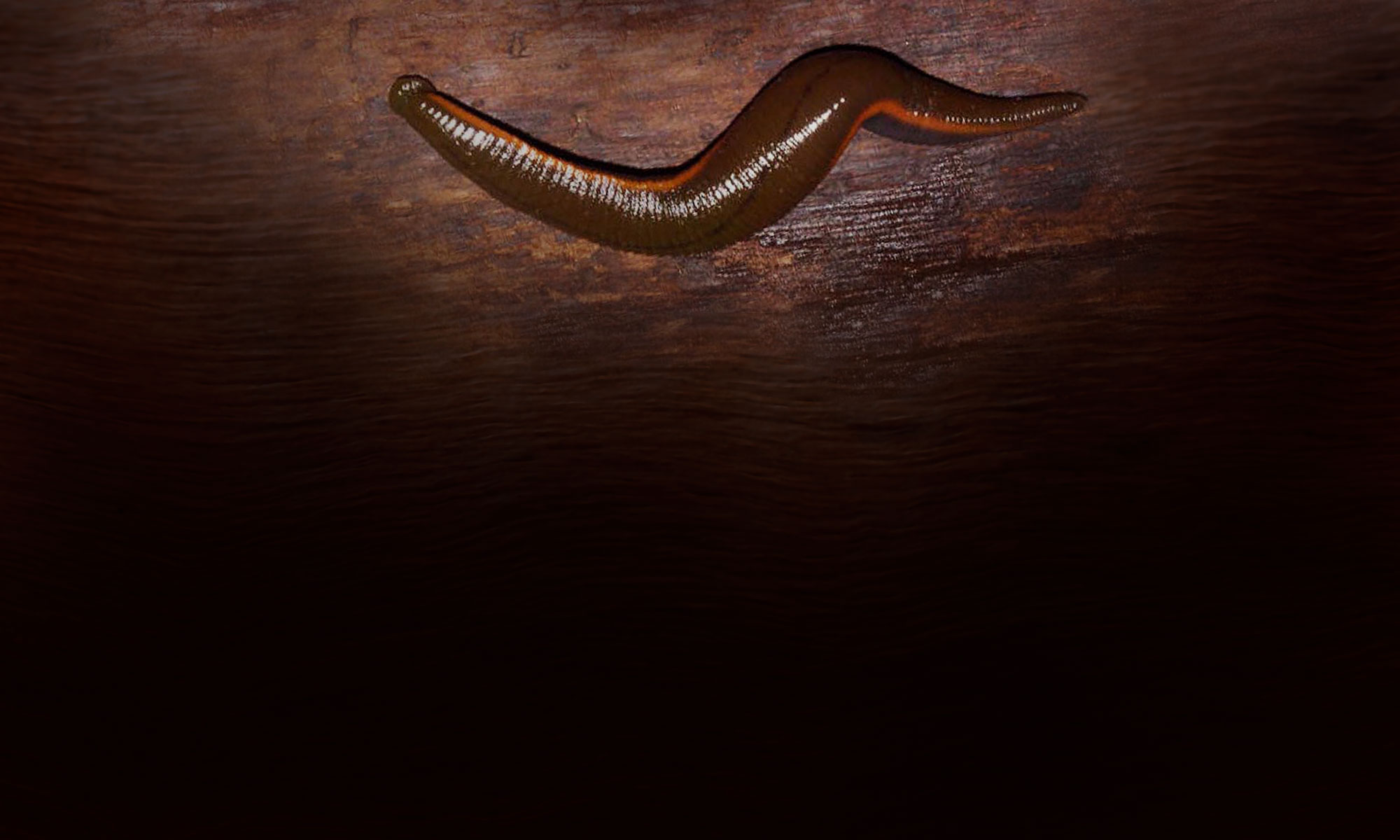The Annelida Collection at the Illinois Natural History Survey is perhaps the largest state collection of freshwater oligochaetes in the country, holding 350,000 specimens (over 7,000 lots, or collections). Approximately 225,000 specimens are permanently mounted on microscope slides; the remaining specimens are stored in alcohol in vials and jars.
With the exception of one monospecific order—Acanthobdellida (the bristle worms, restricted in distribution to the boreal regions in the Arctic)—the collection includes representatives of the other groups of worms in the phylum Annelida:
- Branchiobdellida (one family, Branchiobdellidae—the crayfish worms, including representatives of the subfamilies Bdellodrilinae, Cambarincolinae, and Xironodrilinae);
- Hirudinida (the leeches, including representatives of five of the six families known to occur in North America—Haemopidae, Hirudinidae, Erpobdellidae, Glossiphoniidae, and Piscicolidae);
- the Oligochaetous Clitellata {‘Oligochaeta’}, with representatives of the aquatic microdrile oligochaete worms (families Enchytraeidae, Haplotaxidae, Lumbriculidae, Naididae {now including the subfamilies in the former family Tubificidae}, and the former family Opistocystidae), Pristinidae, and the terrestrial megadrile oligochaetes—earthworms (families Acanthodrilidae, Glossoscolecidae, Komarekionidae, Lumbricidae, Megascolecidae, and Sparganophilidae);
- and Polychaeta (sand worms, tube worms, or clam worms—primarily marine) including a few representatives of the families Capitellidae and Sabellidae, and the order, Aeolosomatida (one family, Aeolosomatidae—the head-crawling, or suction-feeding worms).
The INHS Annelida Collection includes representatives of many worm species that have limited known distributions in North America; however, none of the annelids known or thought likely to occur in Illinois is listed as endangered or threatened by either the federal government or by the State of Illinois, nor are any under consideration for such listing.
In addition, the INHS Annelida Collection serves as a primary source of identified and verified aquatic oligochaete specimens for the Society for Freshwater Science Taxonomic Certification Program, for educational institutions, and for other government, not for profit organizations, private agencies and companies, members of other professional scientific societies, and other professional oligochaetologists in the U.S., Canada, and in other countries. Records of specimens in the INHS Annelida Collection have been cited in numerous publications focusing on the distribution of species, and systematic studies.
The INHS Annelida Collection has long been a repository for non annelid, worm-like invertebrates, including non-parasitic flatworms (Phylum Platyhelminthes, Class Turbellaria), horsehair worms (Phylum Nematomorpha), and roundworms (Phylum Nematoda). Most specimens in these groups await identification.
ACKNOWLEDGEMENTS
Be sure to visit the Acknowledgements page: Therein, I summarize the perennial support of INHS researchers and support staff, state and federal government agencies and institutions, professional societies, and public as well as private groups dedicated to the study and protection of our diverse and ever challenged biological, geological, archaeological, and cultural resources. I also thank the countless interested members of the pubic and colleagues worldwide for their interest and opportunities to collaborate. Without their support – the historical and current research supporting all of the collections of the Prairie Research Institute, and the information and resources provided through this and other associated websites, would not be possible.
Pictured in the header of this page is the American terrestrial leech, Haemopis terrestris (Forbes, 1890), described (originally, Semiscolex terrestris) as new to science by Stephen Alfred Forbes [Illinois Natural History Survey Bulletin 3(VIII): 119–122] based on specimen(s) first collected from a house garden in Normal, McLean County, Illinois in April 1876. Forbes served as director of the State Laboratory of Natural History from 1877–1917. In 1917, he became the first director (Chief) of the newly established Illinois Natural History Survey, serving in that position until he passed away in March 1930.
[page update: 23nov2021 / 01jan;27apr2022;01,15,21Jan,26Mar, 26Apr,04Aug2023; mjw]

